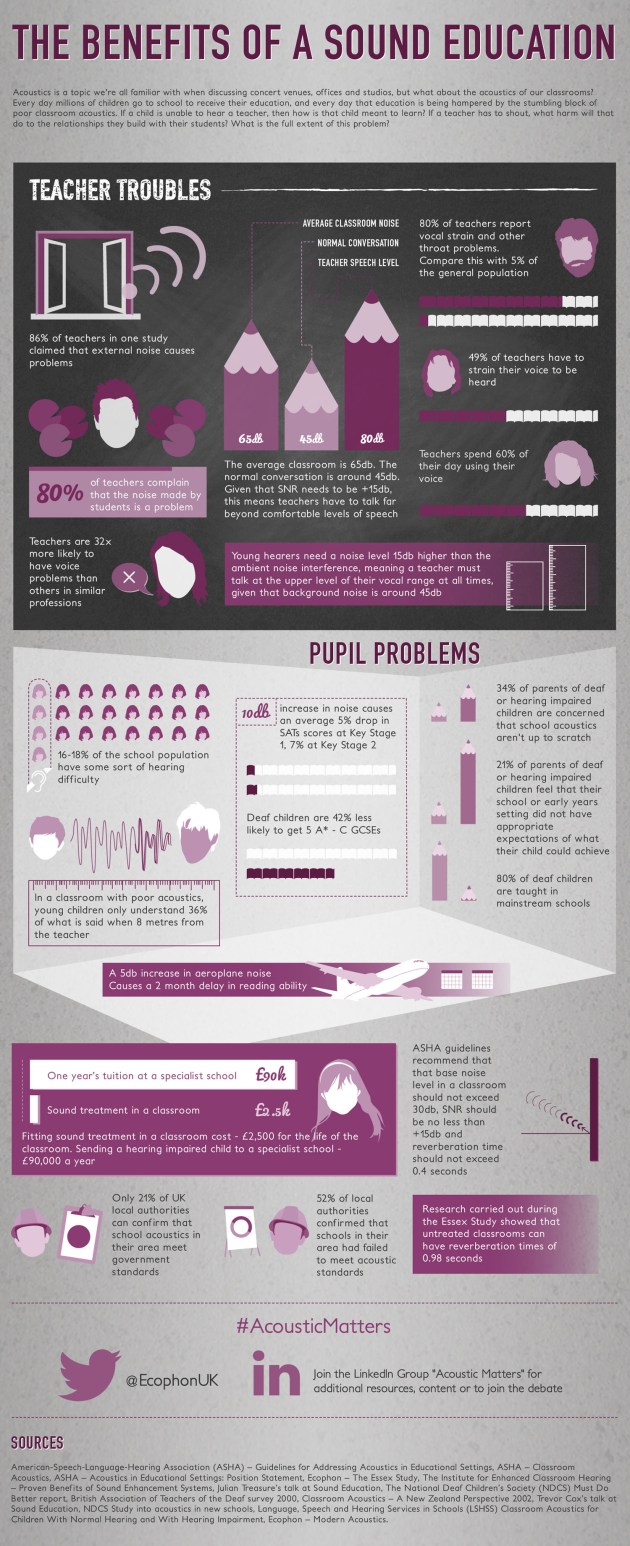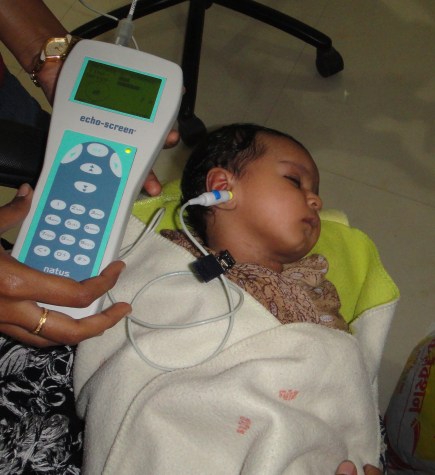When it comes to classrooms, a new study suggests it might actually be beneficial to crank up the volume, for children with hearing loss at least. The study, from Jessica Sullivan, assistant professor of speech and hearing sciences at the University of Washington found that a noisy classroom environment could help train youngsters with hearing-impairment who struggle to comprehend speech over the sound of the environment. Normal brains do this on a daily basis, sorting out background sounds of the music playing to help us listen to the conversation. But for hearing impaired children, this task is not so easy. Children with hearing loss take in sound more slowly, and the brain isn’t experienced or equipped enough to drown out the background noise. This study helps support speech therapy techniques and treatment methods for children with hearing loss and is the first of its kind to demonstrate that auditory training with noise can work in children. Continue reading
Treating Hearing Loss
Hearing LossEarly detection of hearing loss is critical. When an infant’s hearing loss goes undetected and untreated, his speech and language development will be delayed. The intervention plan for hearing loss will be different for every child and dependent upon the type, degree, and cause of the condition. In some cases, the child’s hearing difficulties are temporary and can usually be resolved. Otherwise, the child’s intervention plan will consist of services aimed at improving communication. While these services are not a cure for the condition, they can greatly facilitate successful communication and allow for speech and language development.


